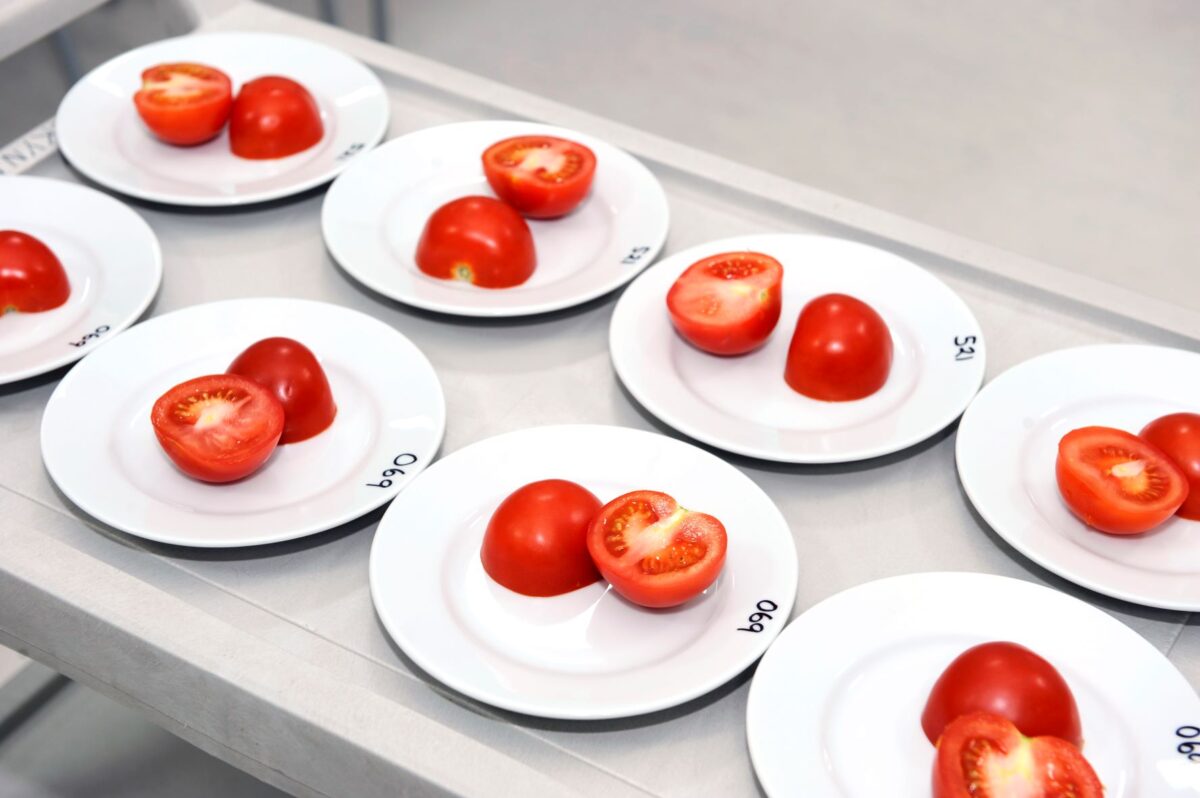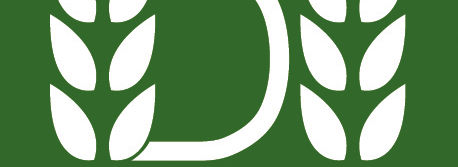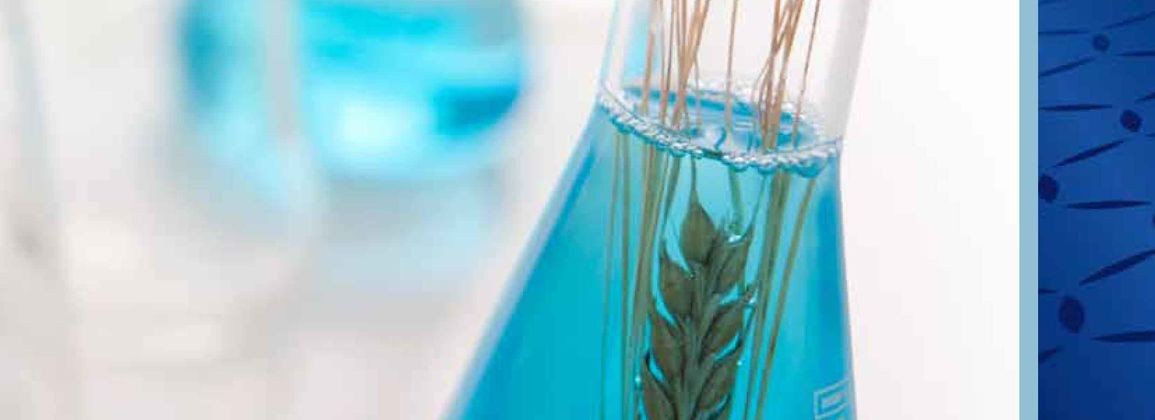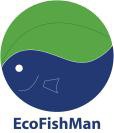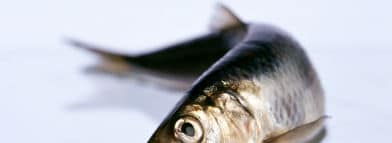Sensory evaluation is a systematic evaluation of the smell, taste, appearance and texture of food. In sensory evaluation, the human senses, i.e. visual, olfactory, taste, hearing and touch senses used to assess food quality.
Sensory evaluation in the Icelandic food industry has been conducted in an organized manner; especially as a factor in quality control. The fishing industry, meat processing and the dairy industry have made the most of these methods. Sensory evaluation in the Icelandic fishing industry has a rich tradition. Previously, all fish was evaluated for freshness and priced accordingly.
Sensory evaluation is a systematic evaluation of the smell, taste, appearance and texture of food.
In sensory evaluation, the human senses, i.e. visual, olfactory, taste, hearing and touch senses used to assess food quality. Sensory evaluation in the Icelandic food industry has been conducted in an organized manner; especially as a factor in quality control. The fishing industry, meat processing and the dairy industry have made the most of these methods. Sensory evaluation in the Icelandic fishing industry has a rich tradition. Previously, all fish was evaluated for freshness and priced accordingly.
An essential element of quality control
The need for organized sensory evaluation of raw materials in the purchase of raw materials and production and evaluation of products is growing both due to the demands of buyers from abroad and no less because food companies are adopting quality management. Systematic methods of sensory evaluation and recording of sensory evaluation results on raw materials, production and products are an essential part of quality control.
Milk and dairy products are a sensitive product and the use of sensory evaluation in quality control has a rich tradition. All meat in slaughterhouses is evaluated in quality categories according to construction type, meat filling and fat. For each type of meat, there are special rules for quality assessment. This assessment is first and foremost a visual and contact assessment of the meat assessor, even though he has a device such as a fat meter to rely on.
An important part of Matís' operations
Sensory evaluation is an important part of Matís' operations and is also mainly used in quality control and product development at Icelandic food companies. For many years, Matís has assisted companies in developing sensory evaluation, provided advice in sensory evaluation and carried out shelf life research in cases where sensory evaluation is a very important factor.
Sensory evaluation has been used in various research projects, both domestic and foreign. Matís' staff has provided theoretical and practical instruction in sensory assessment at the Department of Food Science at the University of Iceland and at the fisheries department of the University of Akureyri's resources department. Matís' staff has also taught sensory assessment at the United Nations Fisheries Academy since 1998. Matís has also held various sensory assessment courses for employees of fish processing companies and other food companies.
Perfect facilities at Matís
Matís has very perfect sensory assessment facilities, with a special sensory evaluation room with separate booths, perfect lighting and ventilation. There are also good facilities for handling food and preparing samples and this is very useful for seminars and teaching.

Development of new methods
In recent years, work has been done on the development of new sensory evaluation methods, especially for sensory evaluation of whole fish. The method that fish researchers in Europe agree will be most suitable for fresh fish food is the so-called QIM quality factor method. This method is very suitable for teaching and training and coordination of assessments and it should be noted that in 2003 all fish market staff in this country were trained in this method.
Matís is a partner in QIM-EUROFISH, which works to harmonize sensory assessment methods for fish. Finally, Matís also participates in the European Sensory Network, which is a collaborative platform for universities, institutions and companies in Europe in the field of sensory assessment.
For further information Kolbrún Sveinsdóttir

